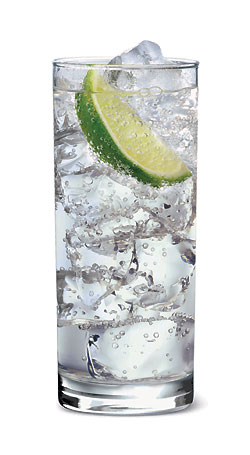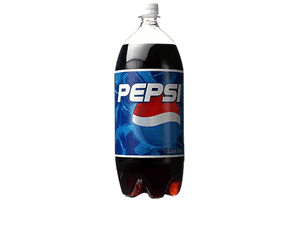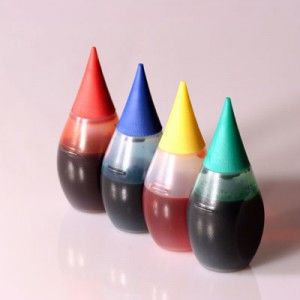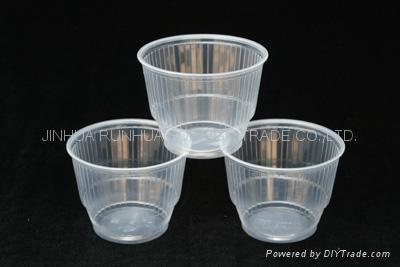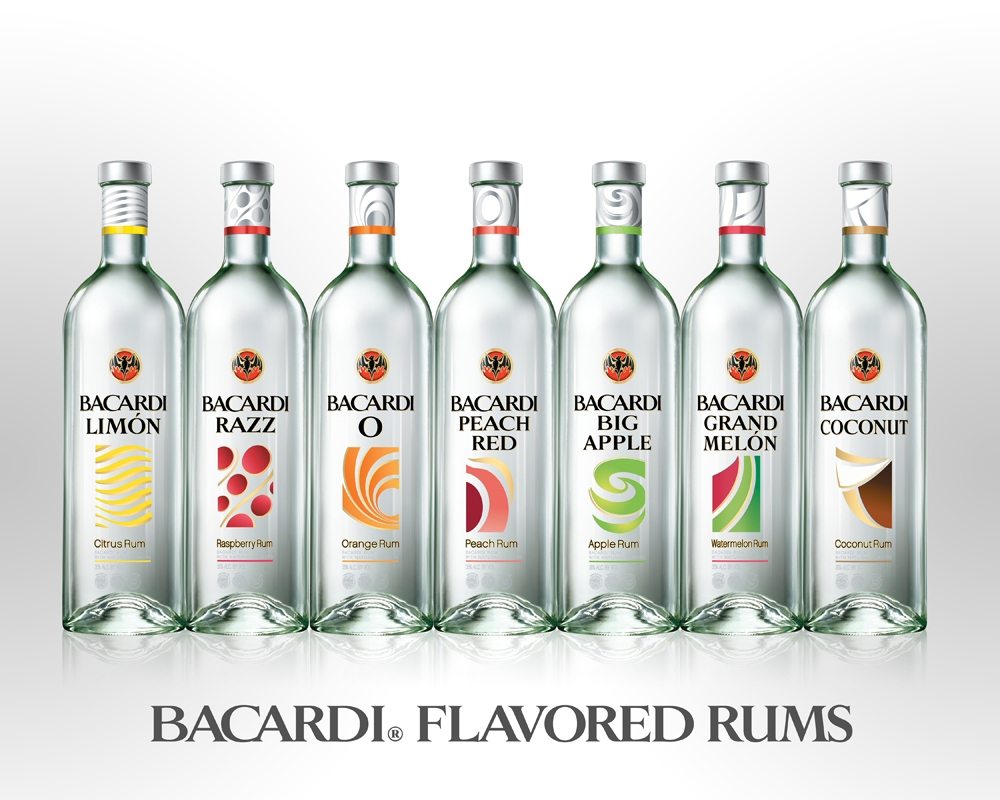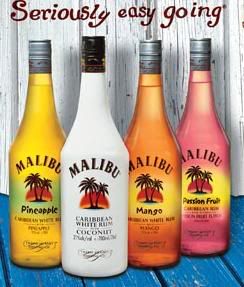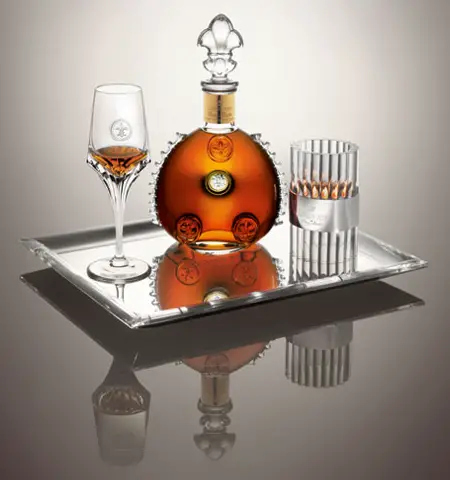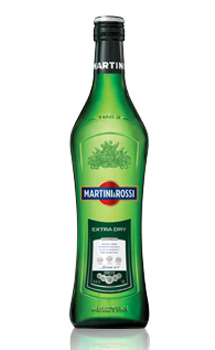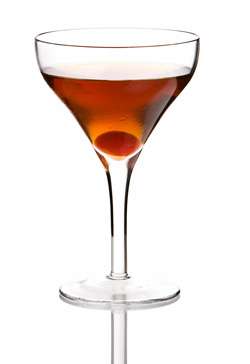- Vodka
- Scotch
- Gin
- Bourbon
- Tequila
- Triple Sec
- Rum
- Brandy
- Dry Vermouth
- Sweet Vermouth
We went through what vodka, scotch, and gin is yesterday, let's go over what a bourbon, tequila, and triple sec is today.
Bourbon
Bourbon in its simplest term is whiskey made in the United States. It gets its name from Bourbon County in Kentucky. So just keep that in mind, bourbon is whiskey made in the USA.
Scotch is whiskey made in Scotland. And brandy will be whiskey made in France (sort of). Let's keep things simple for now.
There are other technicalities of making it officially bourbon - such as the amount of corn to be used to make the whiskey. And other things as how the color must be added - via charred oak barrels. But in this phase of things, it's just important to know that bourbon is whiskey made in the USA.
With that in mind, what are the taste characteristics of a bourbon? Bourbon is usually sold at a higher proof than other liquors. Like the picture above for the Wild Turkey, which is sold at 101 proof or 50.5% alcohol. Normal base liquor such as vodka and gin are at about 40% alcohol or 80 proof. So you can see that bourbons tend to be stronger in alcohol content than other liquors.
Bourbons usually are pretty strong drinks since they are made in the USA. I found this quote from Yahoo Answers describing what a bourbon tastes like:
"If you dipped some burnt toast in water with some liquid smoke and a tiny bit of molasses
Added alcohol
that would be the flavor.
It is an acquired taste."
Basically, the flavor profile is that it's pretty strong. I personally have images of cowboys drinking shots of bourbon at a saloon. Sort of a man's drink. It's one of those drinks you would have to get hammered when you're having a bad day.
With such strong flavor profile, bourbon tends to be pretty difficult to mix. This is because you will always get that bourbon flavor into the drink. Your customer has to be a bourbon drinker, or they will probably not enjoy its taste, siting it as too strong.
As with scotch, I would recommend drinking bourbon on the rocks or neat since it was probably made to be enjoyed that way.
Representative cocktails made with bourbon are:
- Mint Julep
- Old-Fashioned
- Bourbon Sour
Mint Julep is a classic cocktail that is associated with The Kentucky Derby. It is similar to a Mojito, and it mixes mint, sugar, and bourbon to make it. The Old-Fashioned is a very good bourbon cocktail combining mashed up orange, cherry, sugar and bitters with bourbon. I personally like to enjoy an Old-Fashioned when I go to a classy bar.
Representative brands for a bourbon in the United States are:
- Wild Turkey
- Jim Beam
- Maker's Mark
- Early Times
Be sure to go out and try some of the bourbons above to see what it tastes like for yourself.
Tequila
Tequila is a liquor made from agave plants, and is very popular due to it's taste, ease of drinking, and of course the popularity of the margarita.
Agave plant is a cactus like plant, but when you roast it, it turns very sweet. Tequila is made by fermenting the agave juices and distilling it. If you ever get a chance to go on a Mexico Cruise, there are tequila factory tour excursions that are very informative and fun to go on.
Tequila itself has a very sweet flavor. This is especially true for higher end tequila made from 100% Agave Plant. Lower end tequila mixes pure 100% agave with potato based liquor to lower the cost of making them. This does take away from the overall flavor of the tequila a bit, and it will taste harsh if you decide to drink it straight. However, I have found that even lower end tequila tastes good as long as it's made into a margarita.
Representative tequila based cocktails are:
- Margarita
- Cadillac Margarita
- Blended (Frozen) Margarita
- Strawberry, Mango, Melon, Peach Margarita
- Blue Margarita
- Tequila Sunrise
Basically, a margarita is a good cocktail to make with a tequila. It is usually one of the best sellers at any bar.
Representative tequila brands in the United States are:
- Jose Cuervo
- El Jimador
- Sauza
- Patron
- Corazon
There are many, many more tequila producers in Mexico, but the brands above, we tend to see all across the bar in the United States.
Tequila is a great party drink as well since it isn't too harsh to have shots with. Be sure to offer your customers a piece of lime and salt when you give them a shot of margarita. That extra touch will make you look like a true professional, and you'll likely make more in tips.
Triple Sec
Triple Sec is said to be a liqueur made from dried peels of bitter oranges. However, quite frankly, I do not pick up on much of the orange flavor. It is used primarily as a sweetening agent, and I like to think of triple sec as sweet sugar syrup with alcohol in it. I think this mentality will help more than thinking of triple sec as an orange liqueur.
Triple Sec is used very frequently in cocktails as a sweetening agent. Representative cocktails that use Triple Sec are:
- Margarita
- Cosmopolitan
- Long Island Ice Tea
- Kamikaze
- Lemon Drop
There are also many other cocktails that you Triple Sec as a sweetner. Since it doesn't have a strong flavor to it, aside from it being sweet, it is a versatile liqueur and you will use it frequently.
Popular Triple Sec brands in the United States are:
- Hiram Walker
- Bols
- Cointreau
- DeKuyper
There is also a blue version of Triple Sec called Blue Curacao. It basically tastes the same, just that the Blue Curacao is blue in color and used for cocktails like the Blue Margarita, Blue Hawaii, or Adios Motherfucker.
The Blue Curacao is a very cool liquer to play around with since you can make visually impressive cocktails with it.
Okay, this wraps up the Part 2 of the Lesson 6: Base Liquor. Again, I would recommend you go out and actually trying out these liquors to understand what each of them tastes like.
And if you haven't already done so, be sure to read up on Part 1 of this lesson as well.
Well, I will finish up the this lesson tomorrow with Part 3 of this topic.
Good luck studying, and cheers!
















